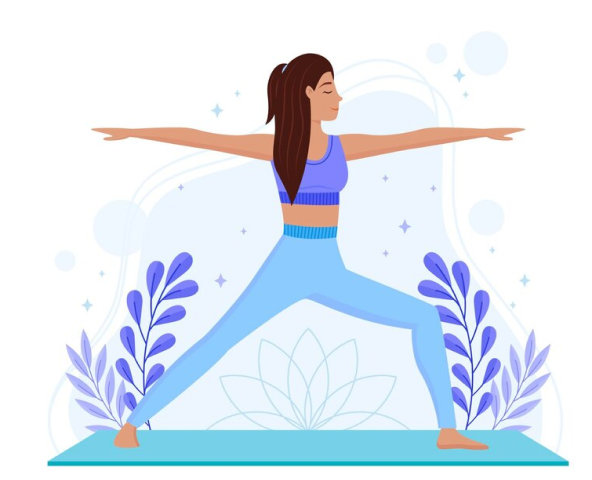- standing
- sitting
- ardha matsyendrasana
- ardha padmasana
- ardha shirshasana
- badhakonasana
- dandasana
- gomukhasana
- janushirshasana
- mandukasana
- merudandasana
- padmasana
- parvathasana
- paschimothanasana
- pristhasana
- purvottanasana
- shashankasana
- shirshasana
- siddhasana/siddhayoni asana
- sithila dandasana
- sukhasana
- supta vajrasana
- supta veerasana
- upavishtakonasana
- ushtrasana
- vakrasana
- vajrasana
- veerasana
- prone
- supine
The 4 categories of asana are: standing, sitting, prone and supine. Each asana practice usually starts with standing asanas. This gets the energy pumping and activates the entire body. It is followed by sitting asanas which are good
Home > asanas > prone > shalabasana
shalabasana

Shalabhasana is a backbending asana that opens the front of the body and strengthens the back of the body. Its name comes as salabha means “locust” or “grasshopper” and asana means “posture”. In this pose the body will look like the insect grasshopper.
It is performed lying on the belly then lifting the lower body off the ground.This pose brings tightness to the back and buttocks. Along with improving strength and flexibility, salabhasana is thought to relieve fatigue and stress.
Sthithi : Prone Posture
Sithila : Makarasana
Drishti : Nasagrai Drishti
Practice
- Lie down in Prone Posture.
- Make fists of your palms with the thumbs tucked in and place them under the thighs with the back of the hands towards the ground.
- While inhaling, raise both the legs up as far as comfortable without bending the knees. Chin should be on the ground. Pull up the knee caps and squeeze the buttocks.
- Maintain this position for about 1 minute with normal breathing. Feel 64stretch on the lower back, abdomen and legs.
- While exhaling, put the legs down.
- Relax and Makarasana.
Awareness : Aware of the stretch on the lower back, abdomen, hip joints and legs.
Benefits : Helpful in managing sciatica and low backache. The spine and waist become flexible. It increases blood circulation. Tones up thighs and buttocks.
Limitations : This asana is not suitable for people having high blood pressure, diabetes, acute back pain or slip disc. People suffering from abdominal tuberculosis, hernia and stomach ulcers should avoid practicing shalabhasana. Women in their pregnancy should avoid this pose.
